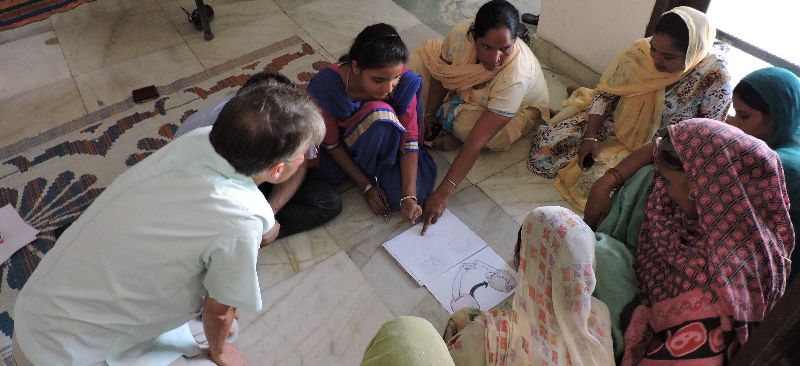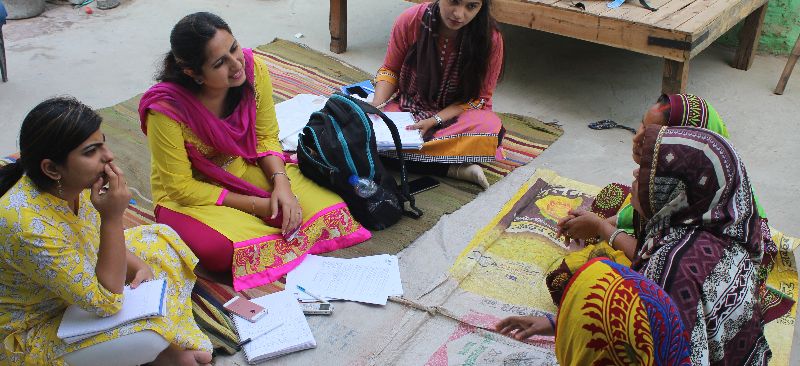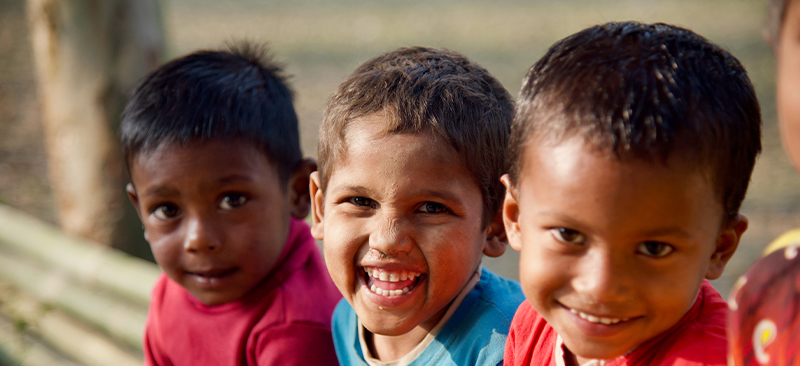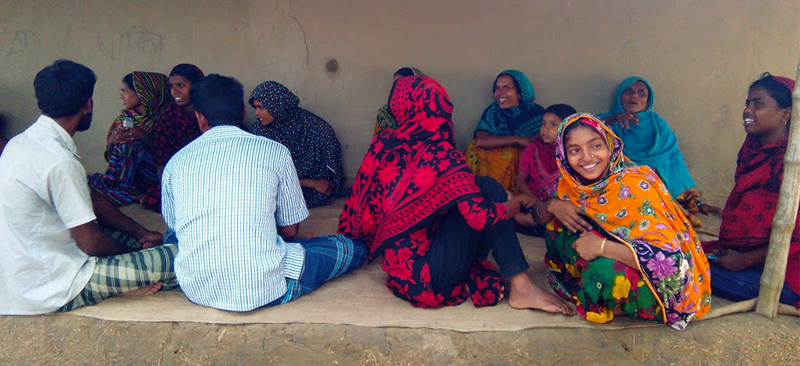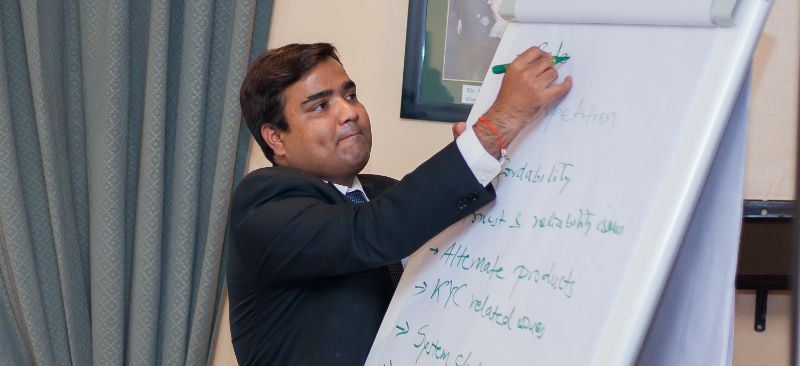MicroSave presented its work on developing mobile wallet interfaces for oral customers at a Learning Event co-organised by CGAP, LeapFrog, Dvara Trust, and SPTF. Globally, the number of oral customers is estimated to be 1.5 billion. We define the oral segment as those who rely on visuals, audio, signs, etc. to communicate. At the event, Akhand Tiwari of MicroSave argued that it is indeed possible to develop a range of icons which both literates and the oral segment can easily understand. He highlighted MicroSave’s learning that we can perform usability testing for digital interfaces better on the field rather than in closed room environments. A focus on oral customer segments has a wide range of benefits, including the possibility of a reduction in the gender gap and adoption of financial services. He concluded by highlighted how MoWO (MicroSave’s mobile wallet interface) can lay the foundations for better digital interface designs for education, health, and livelihoods.
Technical Assistance for Mobile Wallets for the Oral Segment (MoWO
MicroSave presented its work on developing mobile wallet interfaces for oral customers at a Learning Event co-organised by CGAP, LeapFrog, Dvara Trust, and SPTF. Globally, the number of oral customers is estimated to be 1.5 billion. We define the oral segment as those who rely on visuals, audio, signs, etc. to communicate. At the event, Akhand Tiwari of MicroSave argued that it is indeed possible to develop a range of icons which both literates and the oral segment can easily understand. He highlighted MicroSave’s learning that we can perform usability testing for digital interfaces better on the field rather than in closed room environments. A focus on oral customer segments has a wide range of benefits, including the possibility of a reduction in the gender gap and adoption of financial services. He concluded by highlighted how MoWO (MicroSave’s mobile wallet interface) can lay the foundations for better digital interface designs for education, health, and livelihoods.
Low Income Lives – Education
In the first edition of MicroSave’s ‘Low-Income Lives’, Stuart Rutherford looks at education, using data from the Hrishipara Daily Financial Diaries project which records the flow of money from households in Bangladesh.
Low Income Lives – Family Food Shopping
In this edition of MicroSave’s ‘Low Income Lives’ series, Stuart Rutherford uses data from the Hrishipara Daily Financial Diaries to study how poor people in Bangladesh buy food.
An introduction to The Helix Institute of Digital Finance
The Helix Institute of Digital Finance is the training arm of MSC. We have been training now for nearly 20 years and we have been the basis of transformation for many leading of the leading financial institutions not only in East Africa, Southern Africa but also across Asia and into Latin America. This video gives a brief overview of our history and how taking part in our cutting edge courses can transform financial service professionals and their businesses.
Agent Network Accelerator Research Survey – India Country Report 2017
The Agent Network Accelerator (ANA) is a four-year research project implemented in 11 focus countries. MicroSave and the Helix Institute of Digital Finance have managed and conducted the project. ANA is the largest research initiative in the world on branchless banking and mobile money agent networks, designed to determine their success, transformations, and scale. India has been one of the most dynamic DFS deployment ecosystems in the world, and is among the 11 African and Asian countries that participated in this research project.
We conducted the second wave of the ANA survey India in 2017. This wave of ANA builds on the findings of the first wave undertaken in 2015. Since 2015, India has witnessed a large push from the government to promote financial inclusion, while new players have emerged in the field. A nationally representatives sample of 3,048 agent interviews forms the basis of the ANA survey. We conducted these interviews across 12 states as well as four metro cities. MicroSave designed the survey to generate valuable insights on the agent network model in India and provide recommendations for developing sustainable agent networks in the country.
